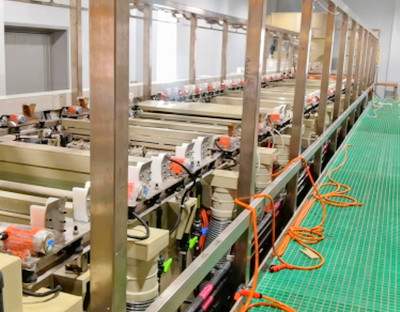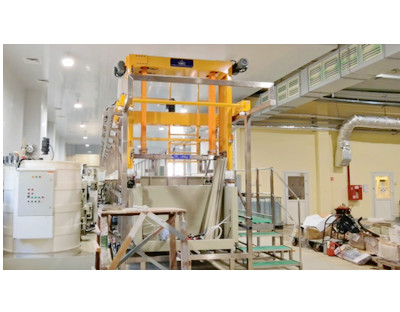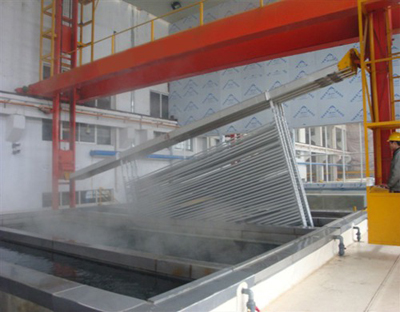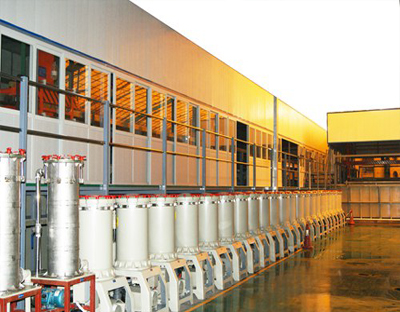The oxidation treatment of metal is that the metal surface acts with oxygen or oxidant to form a protective oxide film to prevent metal corrosion. Oxidation methods include thermal oxidation, alkaline oxidation, acid oxidation (ferrous metal), chemical oxidation, anodic oxidation (nonferrous metal), etc. It is described as follows:
1) The metal products are heated to 600 ℃ ~ 650 ℃ by thermal oxidation method, and then treated with hot steam and reducing agent. Another method is to immerse the metal products in molten alkali metal salt at about 300 ℃ for treatment.
2) During alkaline oxidation treatment, the parts are immersed in the prepared solution and heated to 135 ℃ ~ 155 ℃. The length of treatment time depends on the carbon content in the parts. After oxidation treatment, the metal parts shall be rinsed with soap water with a content of 15g / L ~ 20g / L at 60 ℃ ~ 80 ℃ for 2min ~ 5min, and then washed with cold water and hot water respectively and dried or dried for 5min ~ 10min (the temperature is 80 ℃ ~ 90 ℃).
3) Dongguan vacuum electroplating processing factory introduced that the acid oxidation method is to put parts in acid solution for treatment. Compared with the alkaline oxidation method, the acidic oxidation method is more economical. The corrosion resistance and mechanical strength of the protective film formed on the metal surface after treatment exceed the performance of the film formed after alkaline oxidation treatment, so it is widely used.
4) Chemical oxidation method chemical oxidation method is mainly applicable to the oxidation treatment of non-ferrous metals (such as aluminum, copper, magnesium and their alloys). After the parts are dried at a certain temperature, the protective film can be formed after a certain operation.
5) Anodizing anodizing is another method of non-ferrous metal oxidation. It is a process in which metal parts are used as anodes and an oxide film is formed on their surface by electrolysis. This oxide film can not only play the role of passive film between metal and film, but also increase the gap between coating and metal







 Jul. 17, 2020
Jul. 17, 2020 




